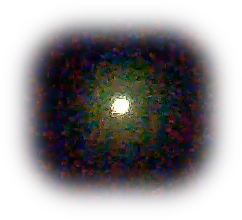
During the night of February 16th to 17th 2018, two fireballs could be registered over Andalucia's skies. These two are the first registered fireballs in 2018. The first one (left image) flew over Córdoba province (South Spain), and happened at 20:52 UT (21:52 local time) of February 16th. It was registered with the detectors of the SMART Project that operate at Calar Alto (Almería), La Sagra (Granada), Sierra Nevada (Granada), La Hita (Toledo) and Sevilla. The second fireball, which happened on Murcia Region (Southwest Spain) skies, was registered on February 17 at 01:10 UT (02:10 local time).
Focusing on the first fireball (left image), the preliminary analysis carried out by Professor María Madiedo (Universidad of Huelva), PI of SMART Project, the fireball was produced as consequence of an abrupt entry into our atmosphere of a rock detached from an asteroid. The speed of the rock was about 43.000 km/h. The event started above the northwest of Córdoba province (South Spain) at an altitude of about 75 km. From there, the fireball moved southeastward and finished at an altitude of about 26 km above the ground.
The second one, also analyzed by Professor Madiedo, flew over Murcia and it was much vertical and faster than the Córdoba's one, with a speed of about 100.000 km/h. The fireball started at an altitude of about 90 km above the ground and finished at an altitude of about 35km above Murcia Region.
Below are shown the videos registered with West camera (first fireball) and North camera (second fireball) of the external surveillance system at Calar Alto Observatory in Almería.
Calar Alto (CAHA) fireball detection station, together with the one at the Observatory of Sierra Nevada (IAA-CSIC) and others placed at different locations in Spain, are part of the S.M.A.R.T. project led by Professor José María Madiedo (University of Huelva) to track that kind of objects. Specifically, Calar Alto (CAHA) station and the one at Sierra Nevada (IAA-CSIC) constitute a collaboration agreement between Professor Madiedo and both institutions.
 English (UK)
English (UK)
